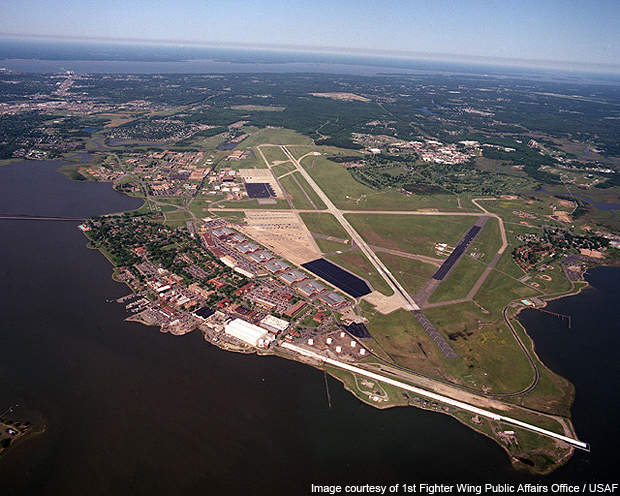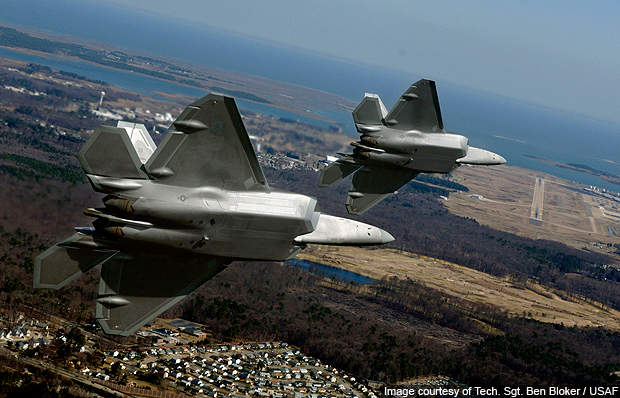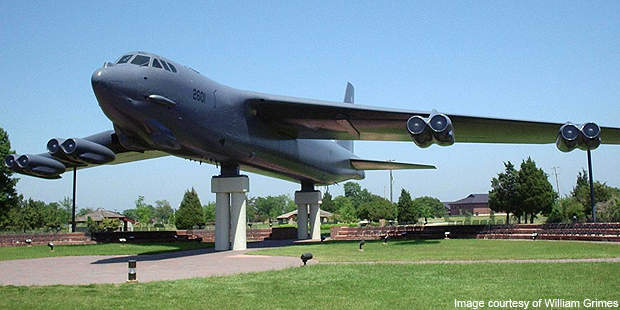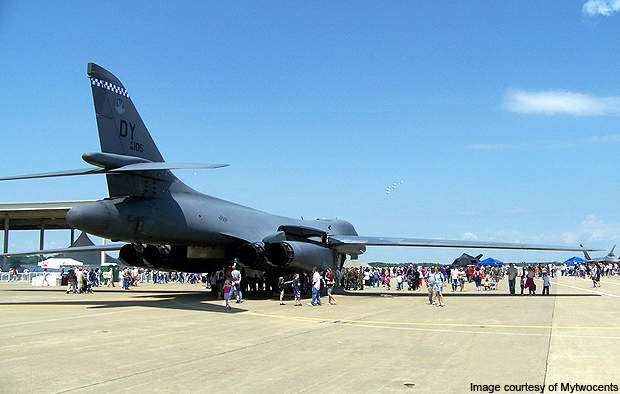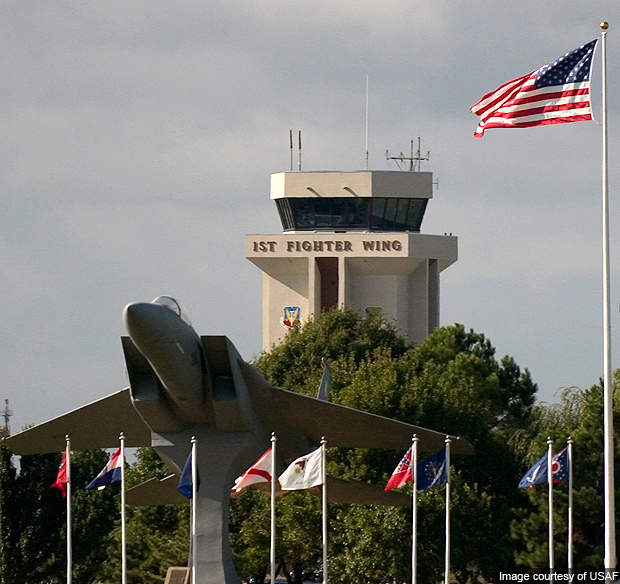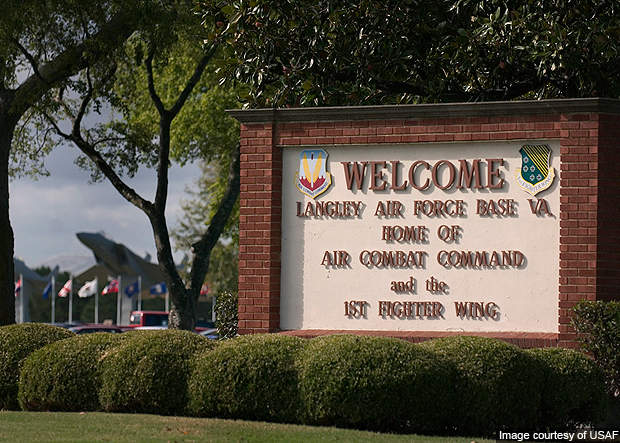The Langley Air Force Base (LFI) is a military fighter base situated 6km north of Hampton City, Virginia, US.
The base was utilised as a flying field, balloon station, observer school, photography school, observational engineering department and aerial coast defence during WWI. About 8,800 military personnel and 2,800 civilians are currently employed at the base.
The base was integrated with Fort Eustis in January 2010 to form Joint Base Langley-Eustis.
The Tactical Data Link Interoperability Test Center (TDLITC) based at Langley selected Onpath Technologies’ Universal Connectivity System (UCS) platform in December 2010 to manage the USAF command and control workload, communications and battle space sentience systems.
History
The National Advisory Council for Aeronautics (NACA) identified a need to establish a joint airfield for Army, Navy and NACA aircraft. A 2,900 acres site near Hampton was selected in 1916 and the airfield was built in December 1916.
The airfield was designated as Langley Field in 1917 in the honour of aviation pioneer Samuel Pierpont Langley.
New buildings were built at the field in 1918. The field served as the major airfield for the Army Air Corps in the 1930s. A wind tunnel was built in 1931 on the banks of Little Back River to examine airplanes deployed at the field.
The Langley base manufactured a detector instrument used in anti-submarine warfare at the time of the eruption of WWII. The headquarters of Tactical Air Command were at Langley in May 1946. The field was officially renamed as Langley Air Force Base in January 1948.
The 1st Fighter Wing entered into service at the Langley base in January 1976. The Air Combat Command (ACC) was deployed at the base during June 1992.
Langley construction
The US Department of Defense awarded a $3.4m multiple award construction contract (MACC) to 1st contracting squadron to upgrade the munitions facilities at Langley Air Force Base. The scope of work included repairing the MAC pad facility and construction of storage facilities for munitions, AGE/MX and Igloo.
The MACC execution was completed in February 2007.
In 2008, the administrative facilities of buildings 580 and 590 located at the base were renovated at a cost of $5.2m to ameliorate space utilisation, interior design and building system facilities.
Garrison facilities
The base serves as headquarters for 633rd Air Base Wing (ABW), 1st Fighter Wing (FW), 480th Intelligence, Surveillance and Reconnaissance Wing (ISRW), 192D Fighter Wing (FW) as well as associated units. It is also home to the Global Cyberspace Integration Center Field Operating Agency and ACC headquarters.
The 633rd ABW consists three groups which include 633rd Medical Group, 633rd Mission Support Group and 733rd Mission Support Group, each of which perform specific missions. It was declared as a host unit of the base on 9 January 2010.
The 480th ISRW is principally used to maintain and operate the USAF distributed ground control system (DGCS), which executes imagery collection, cryptologic, measurement and signatures intelligence activities.
Air facilities
The base features a single runway (8/26) surfaced with concrete. The 3,480m-long runway can accommodate aircraft such as Spads, Jennys, F-86 Sabre Jets, F-4 Phantom IIs, F-16s, F-15 Eagles and F-22A Raptors.
Control tower
The base has a single control tower that performs automated flight planning, designating the distance and direction of intended flights.
The control tower helps base operators to monitor and maintain continuous communication with the pilot in the aircraft. It was installed at the 1st FW building.
The control tower manages the aircraft flying within a range of five miles of the base.
This control will be transferred to terminal radar approach control (TRACON) when the aircraft goes beyond the control tower’s range.
TRACON is an air traffic control facility principally used to manage the aircraft flying within a 30nmi-50nmi radius.
Other facilities
Other facilities provided by the base include living accommodation, temporary lodging, combined mess hall, rest rooms, sporting fields, dining facilities, education, medical and child care.

